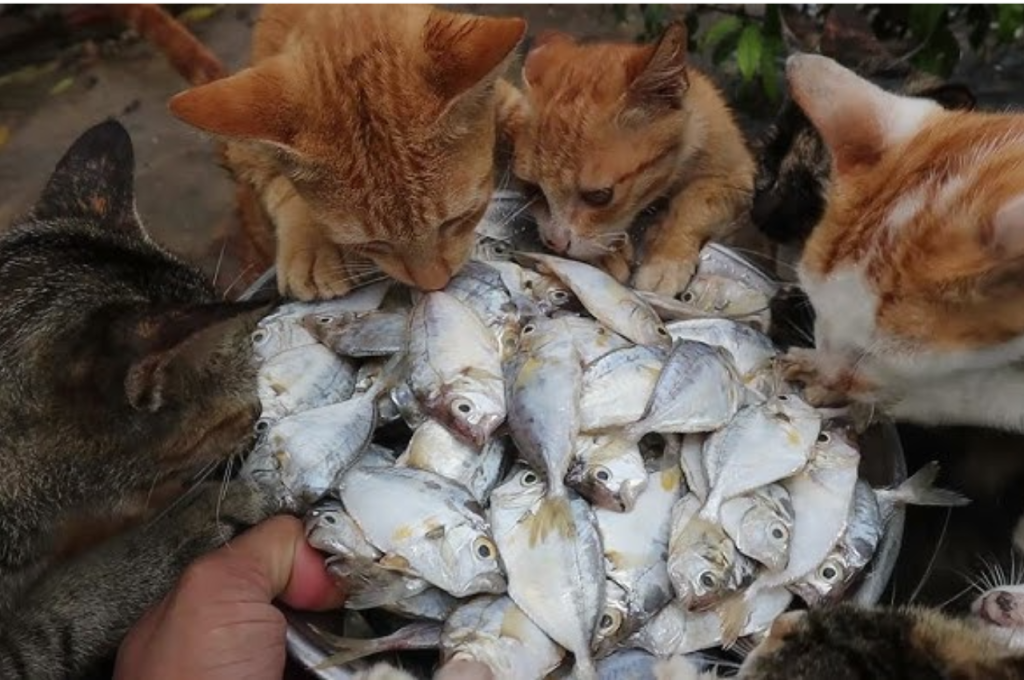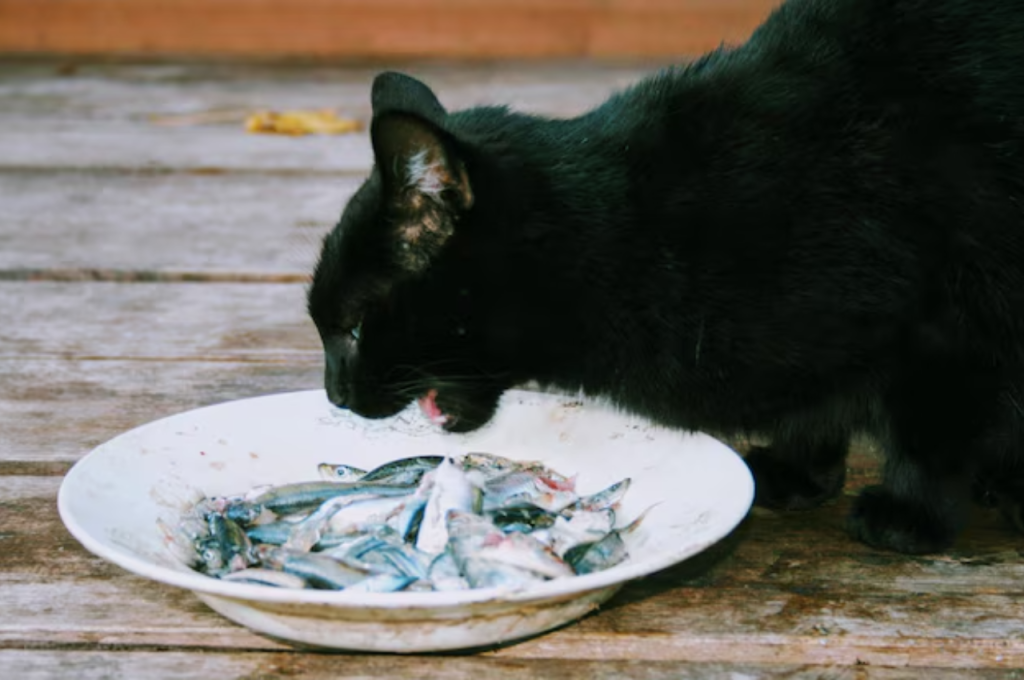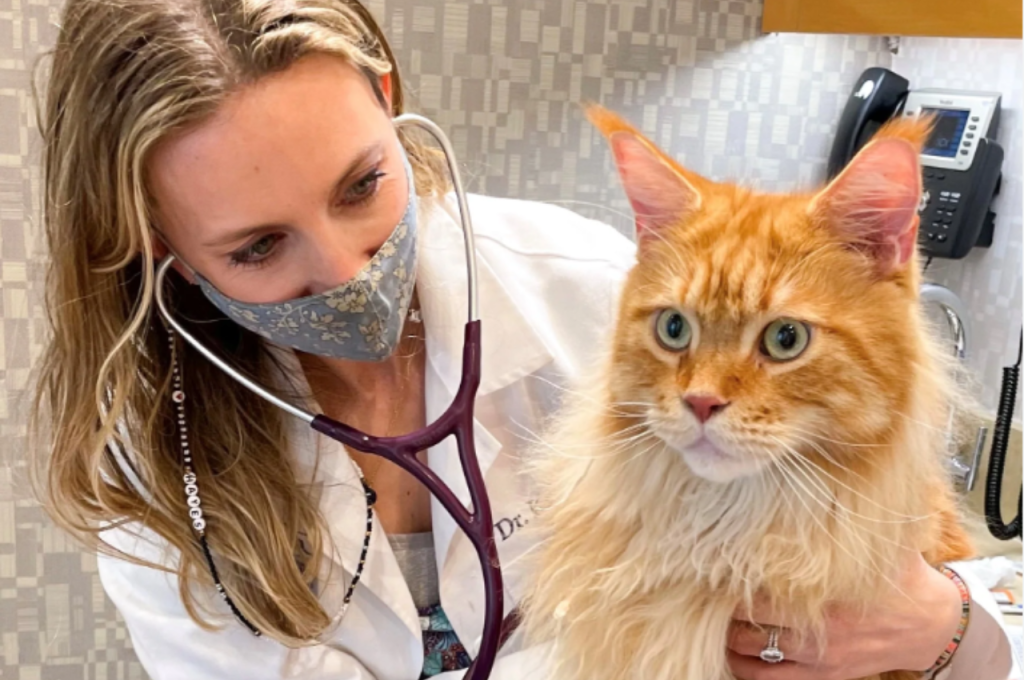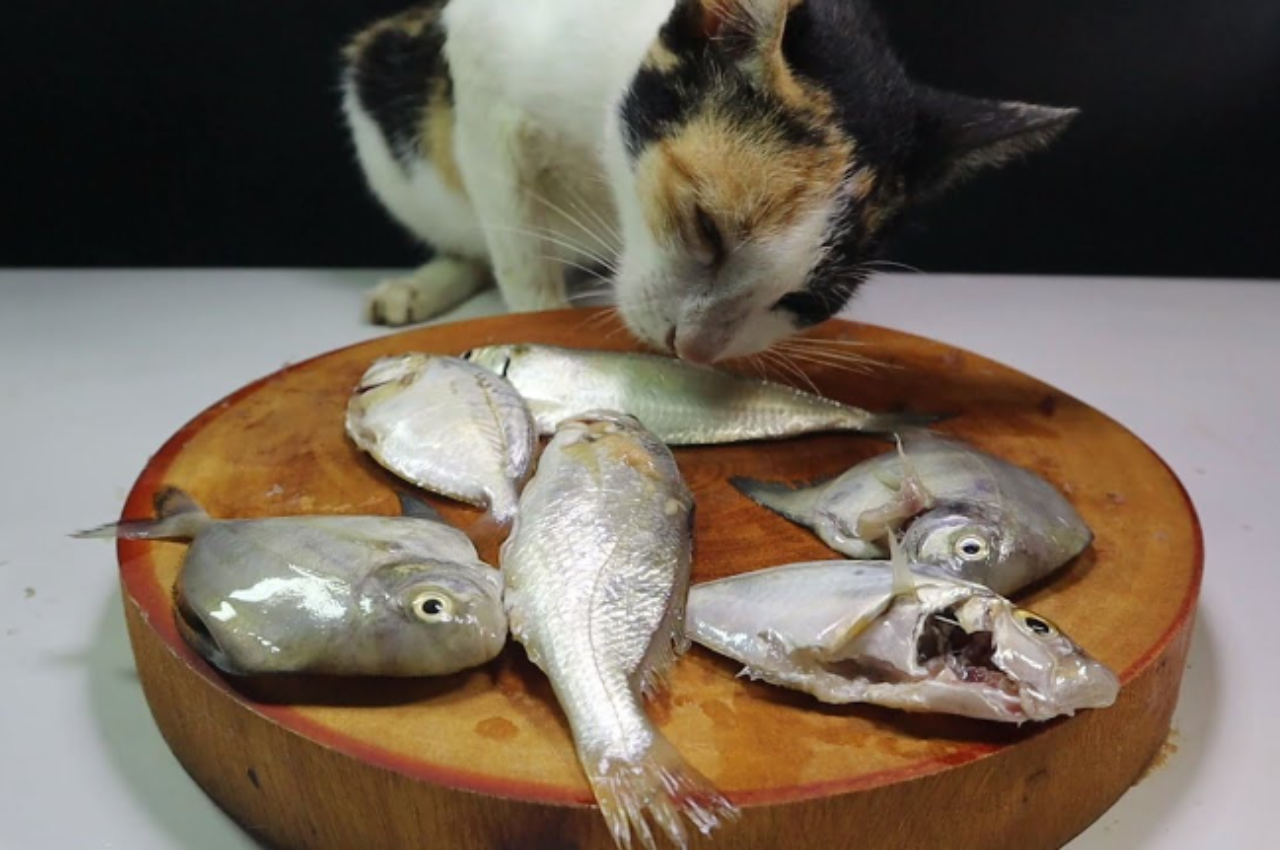The safest fish for cats are those low in mercury such as salmon, tuna, and whitefish. It is important to offer cooked fish in moderation to avoid any potential health issues for your feline friend.
Cats are often portrayed as finicky eaters, but many cats enjoy seafood. While fish can be a tasty and nutritious treat for your cat, not all types of fish are safe for them to consume. Certain fish, when fed in excess, can lead to health issues due to their high levels of mercury.
So, what fish is safest for cats? We will discuss the best types of fish that are safe for feline consumption, as well as some important considerations to keep in mind when including fish in your cat’s diet.
Nutritional Needs of Cats
Discover the nutritional needs of cats and ensure their safety. Learn which fish is the best option for your feline companions. Prioritize their health with the right choice of fish for a balanced diet.

Understanding Cat’s Dietary Requirements
Cats are obligate carnivores, which means they require a diet high in animal protein and specific nutrients for optimal health. Their nutritional needs include protein, taurine, essential fatty acids, vitamins, and minerals. A well-balanced diet is crucial for their overall well-being.
The Role of Fish in Cat’s Diet
Fish can be a valuable component of a cat’s diet due to its high protein content and essential fatty acids. However, not all fish are created equal, and some may pose health risks to cats due to potential contaminants such as mercury and other pollutants.
Healthiest Fish Options for Cats
Incorporating fish into your cat’s diet can offer vital nutrients like omega-3 fatty acids and protein, contributing to their overall health and well-being.
Salmon
Salmon is a popular choice for cats, rich in omega-3 fatty acids which support heart and brain health.
Tuna
Tuna is another favorite among cats, packed with protein and essential nutrients for overall well-being.
Whitefish
Whitefish is a mild option for cats, low in fat, and a good source of easily digestible protein.
Sardines
Sardines are a great choice for cats, packed with omega-3 fatty acids and essential vitamins.
Risks and Precautions
Feeding fish to cats can be a nutritious addition to their diet, but it is important to be aware of potential risks and take necessary precautions to ensure their safety and well-being.
Potential Risks of Feeding Fish to Cats
While fish is generally considered safe for cats, there are a few potential risks to be aware of:
- Mercu
- Bacterial
- Thiamine
- Bones
- Allergies
Feeding Fish to Cats: Dos and Don’ts
Discover the safest fish for your feline companion and learn the dos and don’ts of feeding fish to cats. Find out which fish is best to keep your cat healthy and happy.
Recommended Ways to Feed Fish to Cats
When it comes to feeding fish to cats, there are dos and don’ts that every cat owner should keep in mind. While fish can be a healthy addition to your feline’s diet, it’s important to know the proper ways to feed fish to cats to ensure their safety and well-being. Here are some recommended ways to feed fish to cats.
1. Choose fresh, high-quality fish: Cats are obligate carnivores, meaning they require a diet rich in animal protein. When feeding fish to cats, opt for fresh, high-quality fish that is safe for feline consumption. Avoid fish that has been frozen for a long time or has a strong fishy odor, as it may indicate spoilage.
2. Cook the fish thoroughly: Raw fish can contain parasites and bacteria that pose a risk to your cat’s health. It is imperative to cook the fish thoroughly to eliminate any harmful pathogens. Ensure the fish is fully cooked and that there are no raw or undercooked parts.
3. Remove all bones: Fish bones can be a choking hazard and may cause injuries to your cat’s mouth or digestive tract. Before serving the fish to your feline friend, make sure to remove all bones completely. This will help prevent any potential harm or discomfort.
4. Offer small, bite-sized portions: Cats have small jaws and may struggle to eat large pieces of fish. Ensure you cut the fish into small, bite-sized portions that are easy for your cat to chew and swallow. This will also help prevent choking or digestive issues.
5. Introduce fish gradually: If you are introducing fish to your cat’s diet for the first time, it’s important to do so gradually. Start by offering a small amount of fish as a treat and observe how your cat reacts. If there are no adverse reactions, you can gradually increase the amount of fish in their diet.
Foods to Avoid When Feeding Fish to Cats
While fish can be a nutritious addition to your cat’s diet, certain foods should be avoided when feeding fish to cats. Here are some foods to steer clear of:

1. Raw fish: As mentioned earlier, raw fish can harbor parasites and bacteria that can make your cat sick. Always cook the fish thoroughly before feeding it to your feline companion.
2. Fish with added seasoning or sauces: Some fish products, such as canned fish or fish prepared for human consumption, may contain added seasonings, sauces, or spices that can be harmful to cats. These ingredients can cause stomach upset or even toxicity in cats. Stick to plain, unseasoned fish when feeding your cat.
3. Fish with bones: Avoid feeding your catfish with bones, as they can pose a choking hazard and may injure your cat’s mouth or digestive system. Always remove all bones before serving fish to your feline friend.
4. Fish scraps: During the preparation of fish, it’s important to discard any scraps or fish parts that are not suitable for feline consumption. These scraps may include fish skin, organs, or small bones that can be hazardous to your cat’s health.
5. Processed fish products: While canned fish may seem convenient, they often contain added preservatives, salt, or other ingredients that are not ideal for cats. Stick to fresh, minimally processed fish to provide the best nutritional value for your cat.
Remember, moderation is key when it comes to feeding fish to cats. Fish should not make up the entirety of your cat’s diet and should be given as an occasional treat or supplement to a portion of balanced cat food. Always consult with your veterinarian before making any dietary changes or introducing new foods to your cat’s diet.
Transitioning to A Fish-based Diet
Transitioning to a fish-based diet can provide cats with vital nutrients. To ensure their safety, it’s important to choose fish that are low in mercury and free from harmful contaminants. Consult with a veterinarian to identify the safest fish options for your feline friend.
Tips for Transitioning Your Cat to A Fish-based Diet
Introduce small amounts of fish gradually to prevent digestive issues in your cat. Mix fish with your cat’s current diet to help them get accustomed to the new flavor. Monitor how your cat responds to the new diet and adjust slowly as needed.
Monitoring Your Cat’s Health During The Transition
Observe your cat’s behavior, stool consistency, and overall well-being. Keep track of any changes in your cat’s appetite or energy levels. Consult with your veterinarian for guidance and regular check-ups.
Balancing Your Cat’s Diet
When balancing your cat’s diet, it’s important to choose the safest fish. Opt for varieties like salmon and trout, which are high in omega-3 fatty acids and low in mercury. These fish can be a healthy addition to your cat’s diet, supporting their overall well-being.
Incorporating Fish into A Well-balanced Diet for Cats
As obligate carnivores, cats require a diet centered around high-quality protein to maintain their health. While fish can be a beneficial addition to your cat’s diet, it’s essential to incorporate it in moderation to prevent potential health issues. When introducing fish into your cat’s diet, ensure that it’s cooked and deboned to eliminate the risk of bones causing harm.
Additionally, consider opting for fatty fish such as salmon and mackerel. While they are high in omega-3 fatty acids, they should be given in moderation due to their potential for containing environmental toxins. As part of a well-balanced diet, fish should complement other protein sources such as poultry or beef, and be accompanied by essential nutrients from sources like vegetables and supplements. Ensuring variety in your cat’s diet will help avoid nutritional imbalances and provide a wide spectrum of essential nutrients to support overall health.
Alternatives to Fish for Meeting Cat’s Nutritional Needs
While fish can be a valuable source of protein and omega-3 fatty acids for cats, there are alternative options to meet their nutritional needs. Other protein-rich foods such as chicken, turkey, or liver can offer the necessary amino acids for muscle growth and organ function. Integrating omega-3 fatty acids into your cat’s diet can be accomplished through fish oil supplements or plant-based sources like flaxseed. These alternatives provide the essential nutrients found in fish while catering to individual dietary preferences and potential allergies. Balancing your cat’s diet with a variety of protein sources and essential nutrients is crucial for their overall well-being. Whether you choose to incorporate fish or opt for alternatives, ensuring a diverse and nutrient-rich diet will support your cat’s long-term health.
Final Thoughts
When it comes to finding the safest fish for cats, it’s important to consider options like salmon, mackerel, and whitefish. These fish are rich in omega-3 fatty acids and are generally safe for cats to consume in moderation. Always ensure the fish is thoroughly cooked and doesn’t contain any harmful additives before feeding it to your feline friend.
Choosing the safest fish for your cat’s diet is crucial for their overall health and well-being. Prioritize small, low-mercury fish such as salmon or sardines, being mindful of the preparation method and portion size to avoid potential health risks. Consult with your vet to ensure that the fish you’re considering is suitable for your cat’s specific dietary needs. By making informed choices and seeking professional advice, you can provide your feline companion with a tasty and nourishing treat without compromising their health.
Key Considerations When Choosing Fish for Your Cat
When selecting fish for your cat, consider the mercury levels, preparation methods, and portion sizes to ensure the safety and nutritional benefits for your feline friend. Opt for small fish such as salmon or sardines, as these are low in mercury and high in omega-3 fatty acids, which are beneficial for your cat’s health. Be cautious with fish types that may contain bones or be prepared with added spices, as these can pose a choking hazard or lead to digestive issues for your cat.
Consulting A Veterinarian for Dietary Advice
Prioritize your cat’s well-being by seeking advice from a veterinarian regarding their dietary needs and the suitability of specific fish in their diet. A professional assessment can provide tailored guidance to ensure that the fish you’re considering aligns with your cat’s nutritional requirements and potential health concerns. Your vet can offer personalized recommendations based on your cat’s age, weight, and any existing health conditions, enabling you to make informed decisions that promote your cat’s overall health and happiness.

Conclusion
After considering the best fish for cats, it’s clear that the key is moderation. Essential nutrients play a vital role in feline health, but too much fish can have adverse effects.
Choose fish types low in mercury and remember to consult your vet before adding fish to your cat’s diet.
